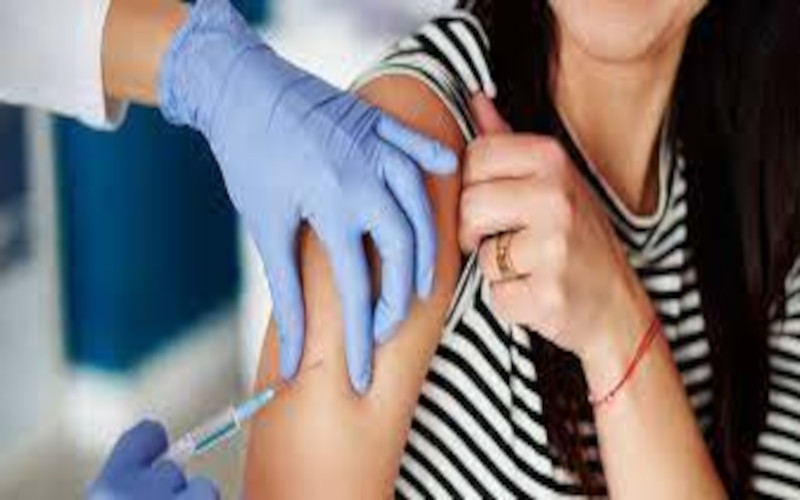As a first consideration, in order to create a vaccine there must be a viable, isolated pathogen to vaccinate against, and in the case of viruses, DNA testing is the “gold standard” now. This presents a problem, however, as viral DNA is odiously difficult to test for using a method called PCR, or Polymerase Chain Reaction. PCR amplifies tiny fragments of DNA, in which the technician then matches it up against a database. If there is no match, the “presumption” is a new pathogen, virus, microorganism, etc… There are many pitfalls to this methodology, including opportunity for human error, contaminated samples, and even complete misinterpretation of the data.1 In other words, finding a new virus to vaccinate for is extremely difficult and a complete, intact viral specimen must be isolated before any vaccine can or should be created. Presumptions or predictive models simply won’t cut it. Actual physical isolation, not just a DNA map, is absolutely necessary to prove a virus exists and is a cause of disease before any vaccine against it can be created.
Next, consider that the process for creating a vaccine takes years. It has to be “cultured” on viable cells before it can be used in any way. Then, it has to be tested and retested and tested over and over to show a) that the vaccine is safe and doesn’t cause harm b) to rule out contaminants and c) to prove that it can provide the desired effect that makers are looking for. Unfortunately, “fast tracking” vaccines bypasses most of these things, which puts the credibility of both the vaccine and the vaccine maker in a conspicuously negative light.
Since viruses cannot be “cultured” because they are non-living and need host cells in order to replicate, the poliovirus, for example, was cultured on Rhesus Monkey Kidney cells, which resulted in hundreds of thousands and even millions of these monkeys being slaughtered.2 The recent development of coronavirus vaccines use Vero monkey kidney cells, and there is no telling how many of those animals were killed in the process. Curiously, the environmental impact of vaccines due to the process of making them which results in the inhumane deaths of countless animals never seems to enter into any discussion about vaccines. Fast-tracking a vaccine doesn’t take any of this into consideration. Many animals could be needlessly slaughtered for a vaccine that was not properly tested because it was rushed into production and distribution.
Another major problem with fast-tracking a vaccine is the risk of contamination. The poliovirus seed vaccine was known to be contaminated with SV403. Simian Virus 40 is not a human virus; it is a monkey virus found in Rhesus Monkey cells and is harmless to monkeys and other primates and typically harmless to humans…unless injected into humans with a series of adjuvants designed to poke and prod the human immune system into high activity. SV40 is a viable and likely cause of the spike in soft tissue cancers since the late 1950s, when the Salk and Sabine vaccines were given to 100 million people in the US alone.
The propensity for making mistakes when making a vaccine is great. They are never exact, and we know that the flu vaccine is more apt to give more people the flu than it would prevent. In one of his newsletters, Dr Michael Murray states that the spike in deaths from flu-like symptoms in Italy is likely due to a new “more potent” flu vaccine given out to Italians in September of 2019. Therefore, it would seem, this flu vaccine reaction may be the reason why Italy turned into a “COVID” mess, and it might have nothing to do with the COVID phenomenon, and they have found only 5 people to die from Coronavirus 19 who didn’t have any other known pathologies, as of July 2024.
Remember, Viruses are not “living” so they can’t be killed, per se. Once they leave the host and reach a surface, they become inactive and useless. This is why skin-on-skin contact with someone who is carrying a virus does not result in transference of infection. There must be transference of some sort of bodily fluid to transfer a virus, such as sputum or droplets in the air after someone sneezes (which has a shelf life of about 3 feet and about 6-20 seconds), or blood. With that said, soap doesn’t “kill” viruses because the virus is already “not living” to begin with. Washing kills or removes other, far worse organisms such as pathogenic bacteria like Clostridium (such as the #1 killer pathogen on earth, C. Difficile5), or fungi or molds. Also note that viruses are always accompanied by other pathogens, and are not dangerous unless in the presence of these pathogens, which begs the question: which is the more worrisome microbe? Are viruses really the issue? Or is it something simpler and more obvious, like a mold or fungus, or an invasive bacterium, or a commensal organism that became opportunistic?
1This is similar to what happened with the Poliovirus vaccine and why the polio vaccine never actually worked in the way we were told. Janine Roberts discusses this in her book Fear of the Invisible, which seems like it was written as a warning for what was experienced in 2020.2 Fear The Invisible, Janine Roberts
3 The Virus and the Vaccine, D. Bookchin, J Schumaker
4 source unavailable 5 Clostridum difficile is the leading cause of diarrheal diseases worldwide, and diarrheal disease kills 1.6 million people globally each year. C Diff plays a major role in these diseases. Of the 450,000 cases yearly in the USA of C Diff infection, about 30,000 people die from it.
Please read this important Disclaimer and our Privacy Policy notices here.
For more great articles be sure to keep checking back on Drugless Functional Medicine on a regular basis!




